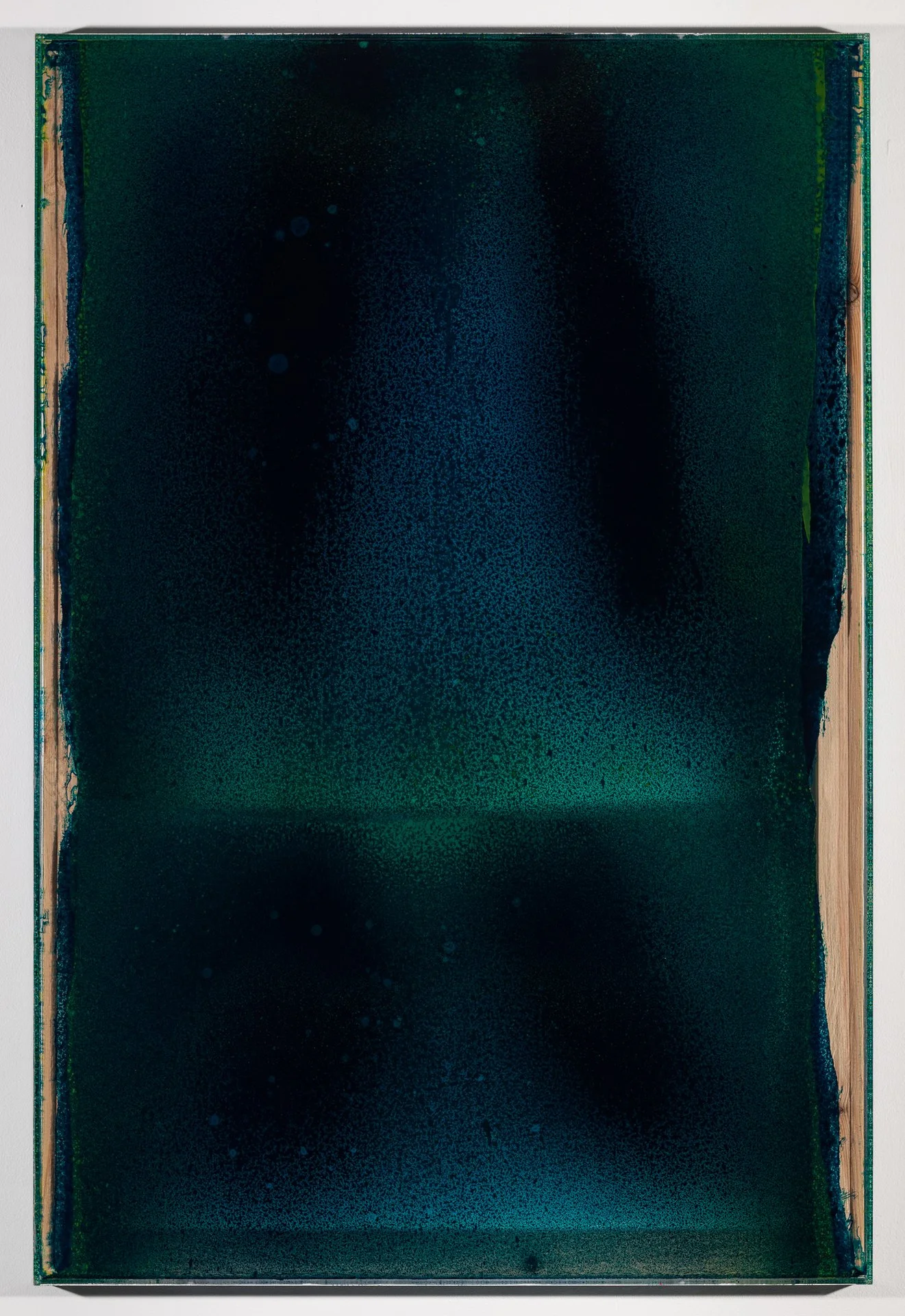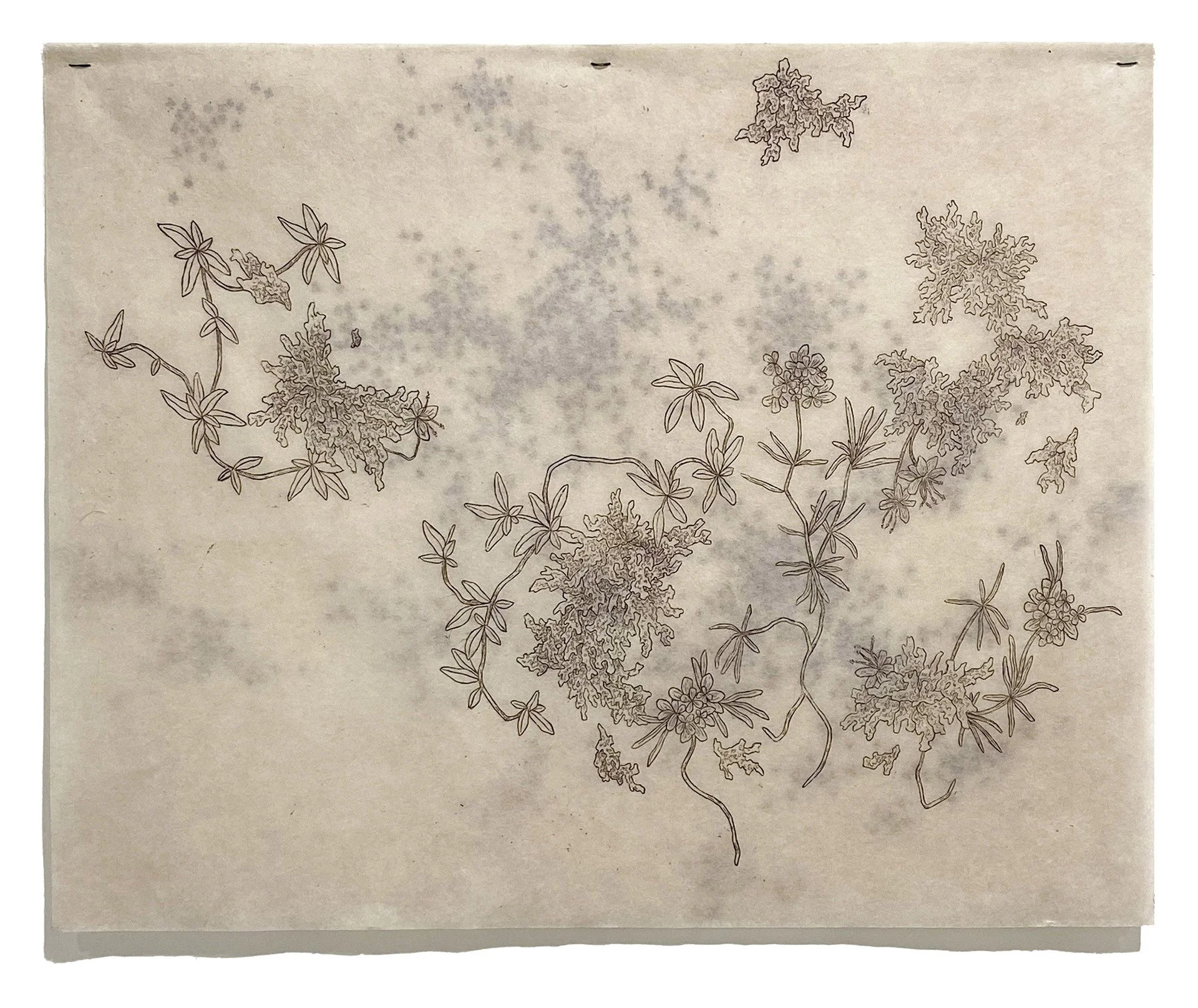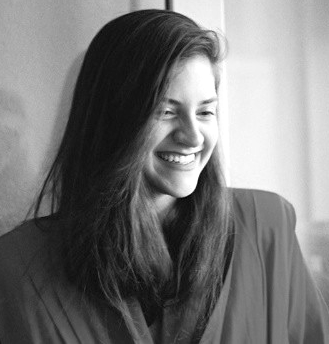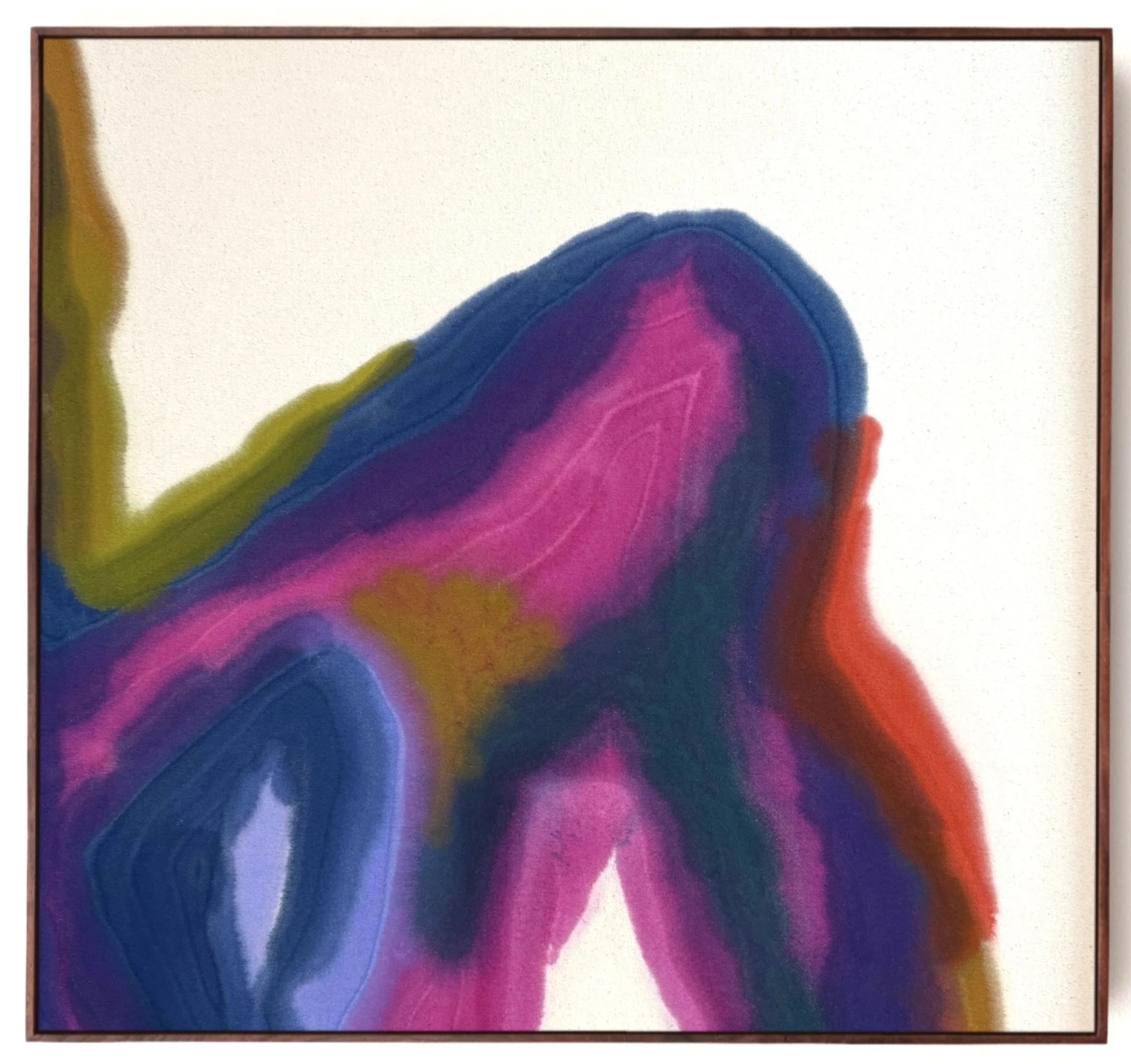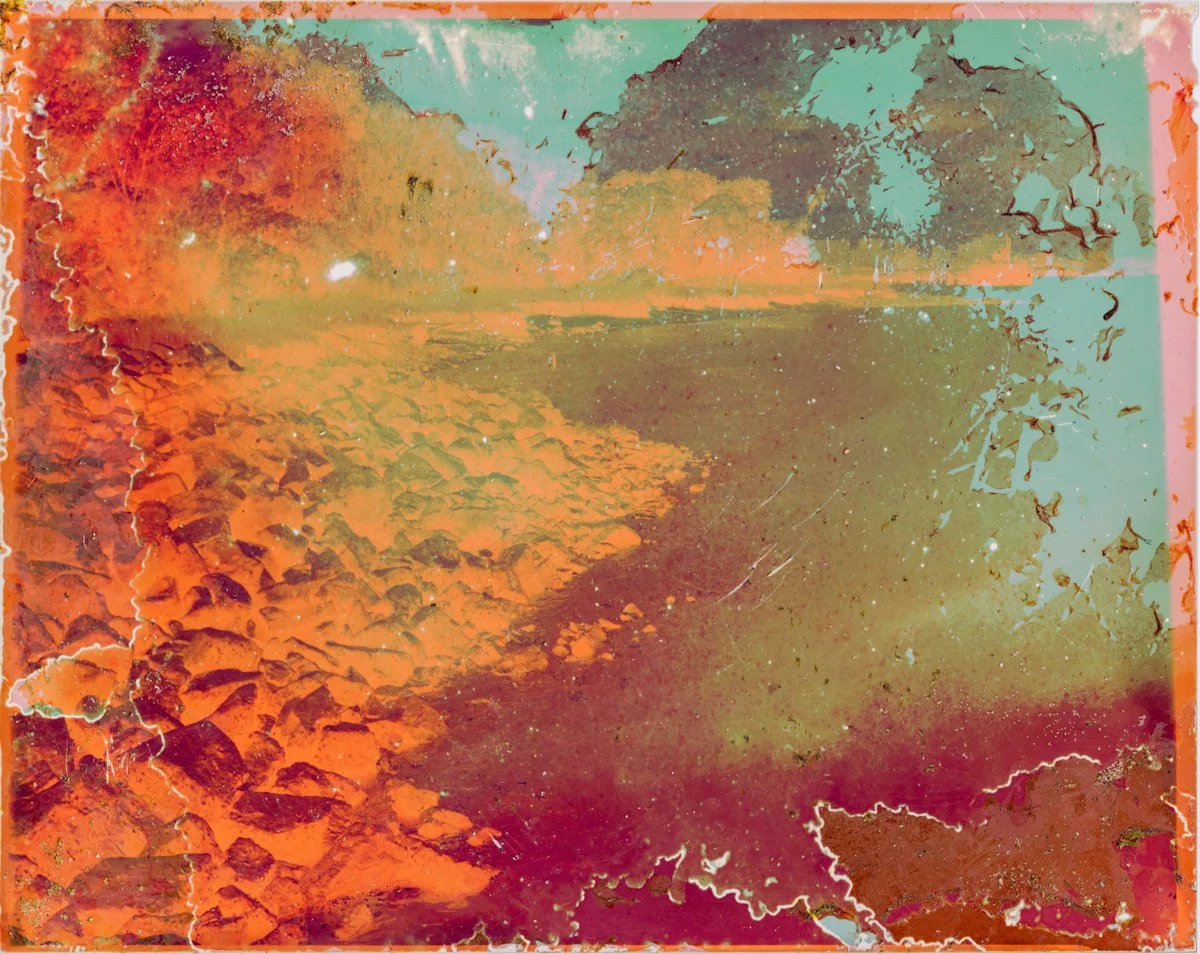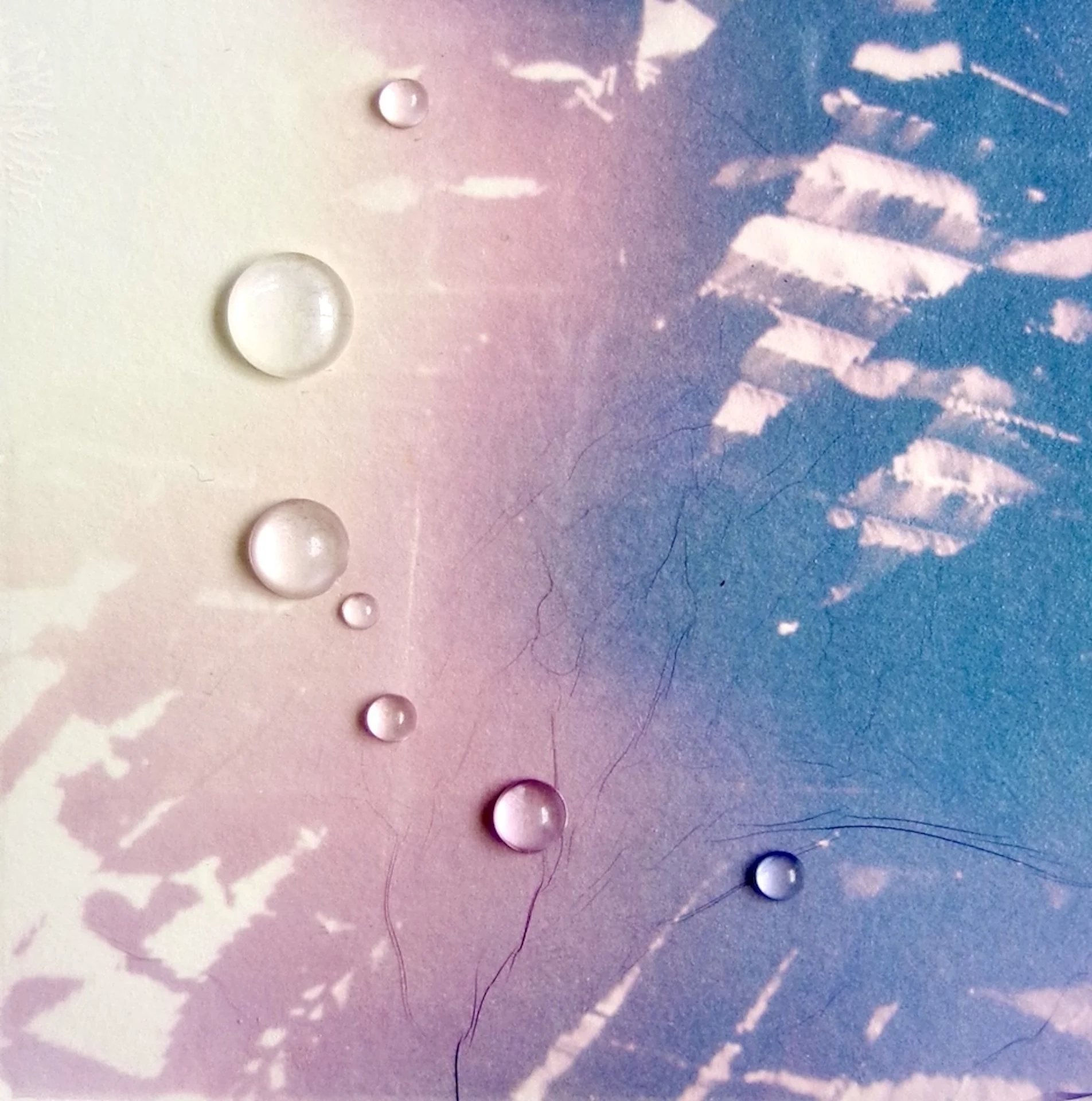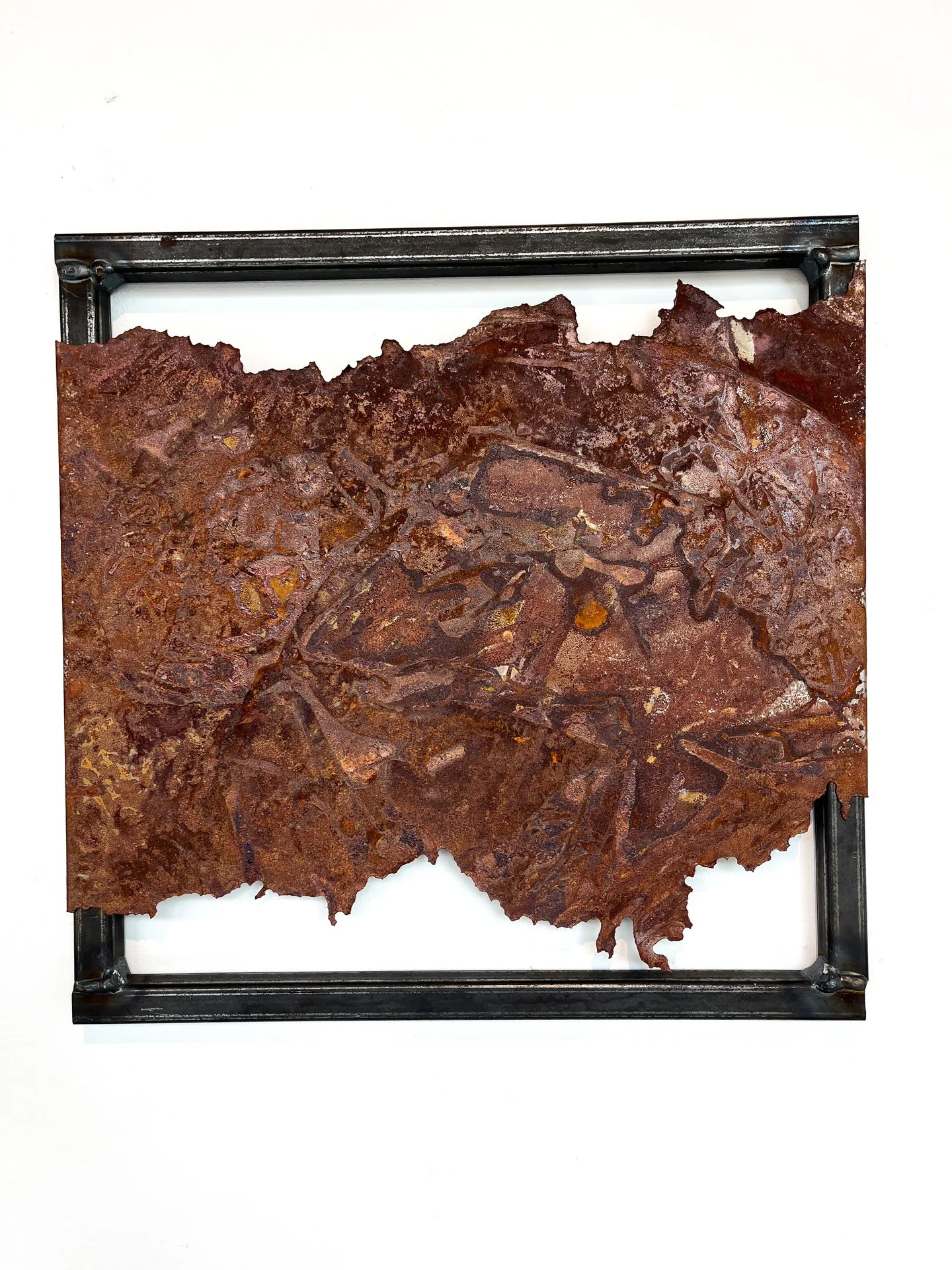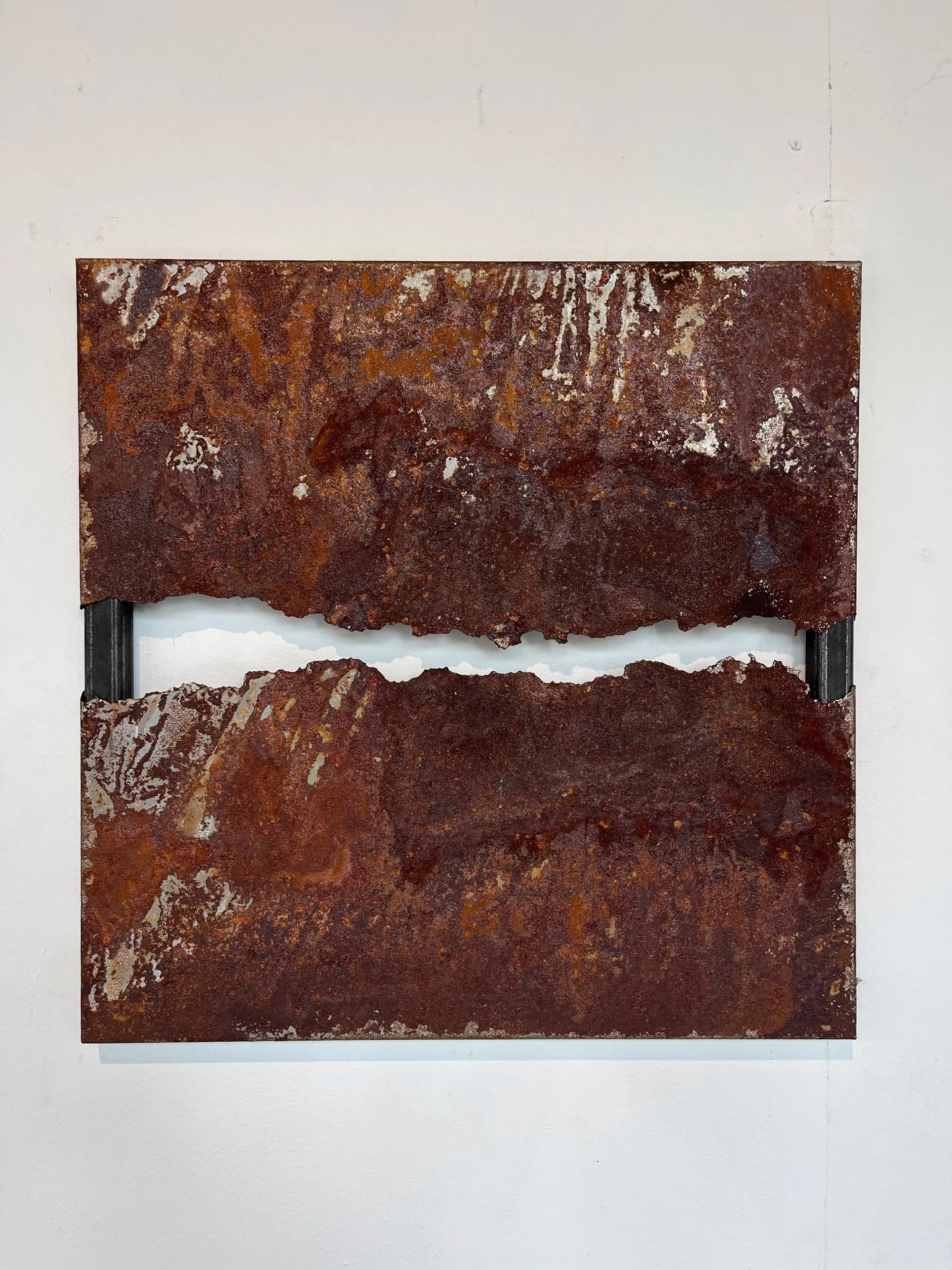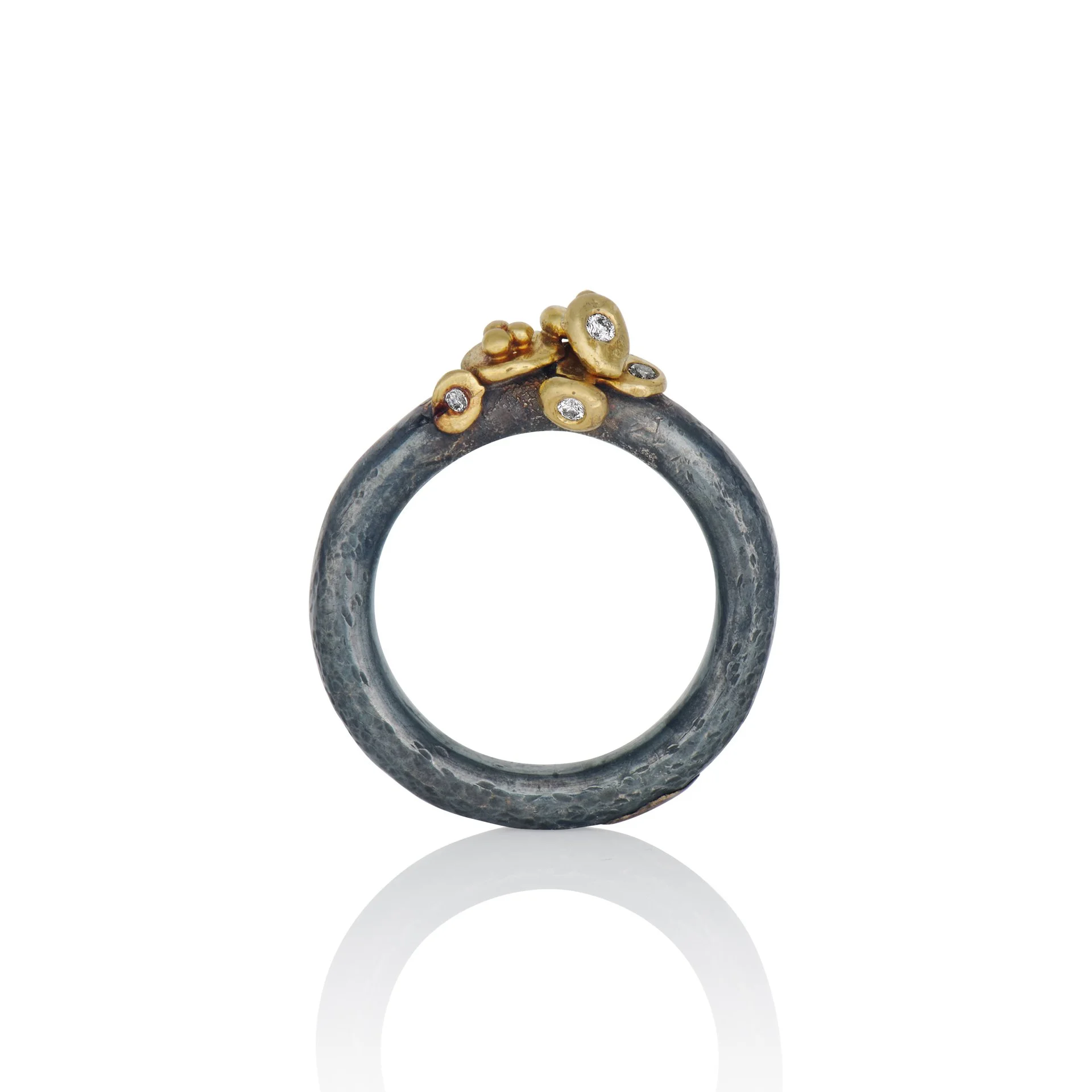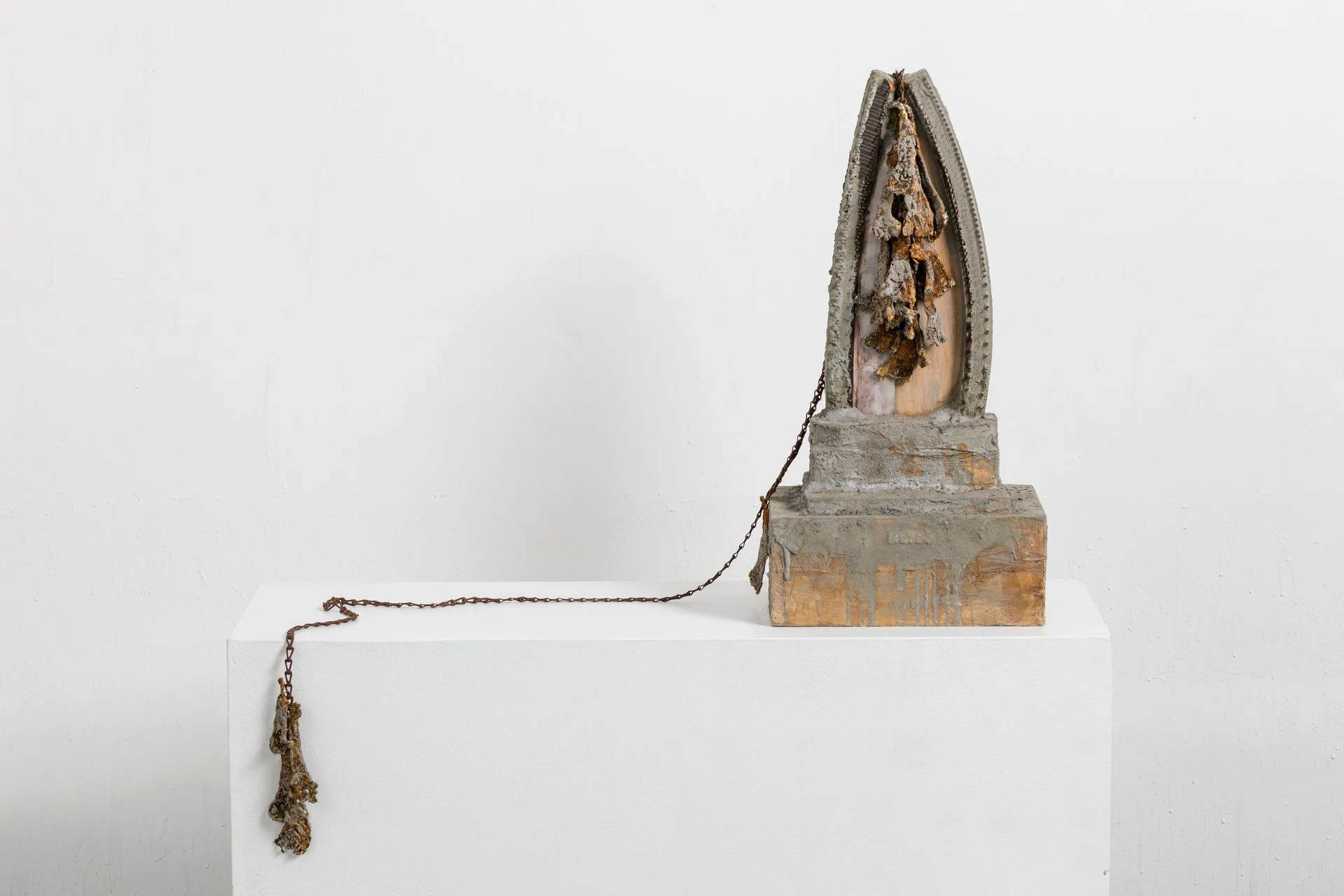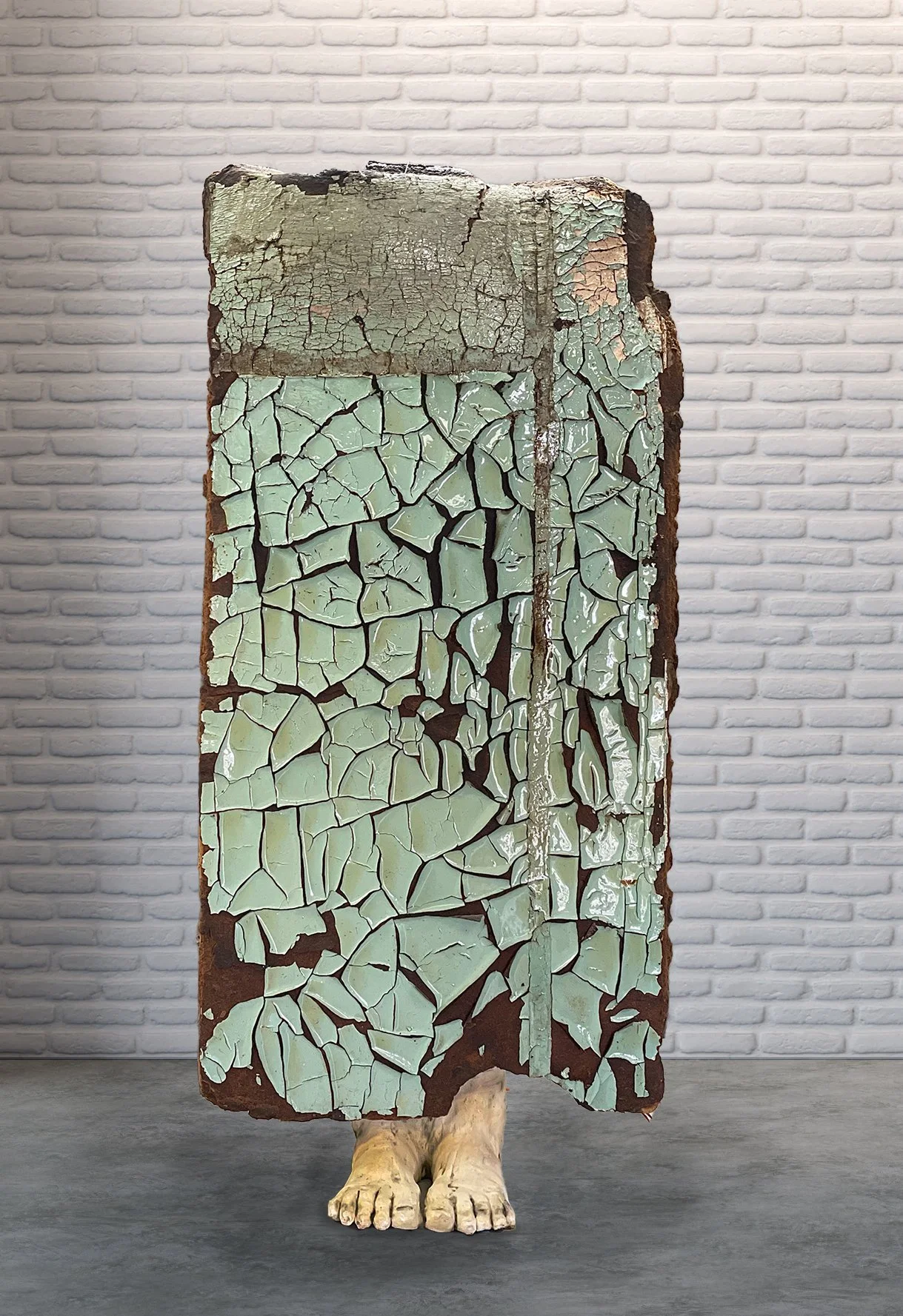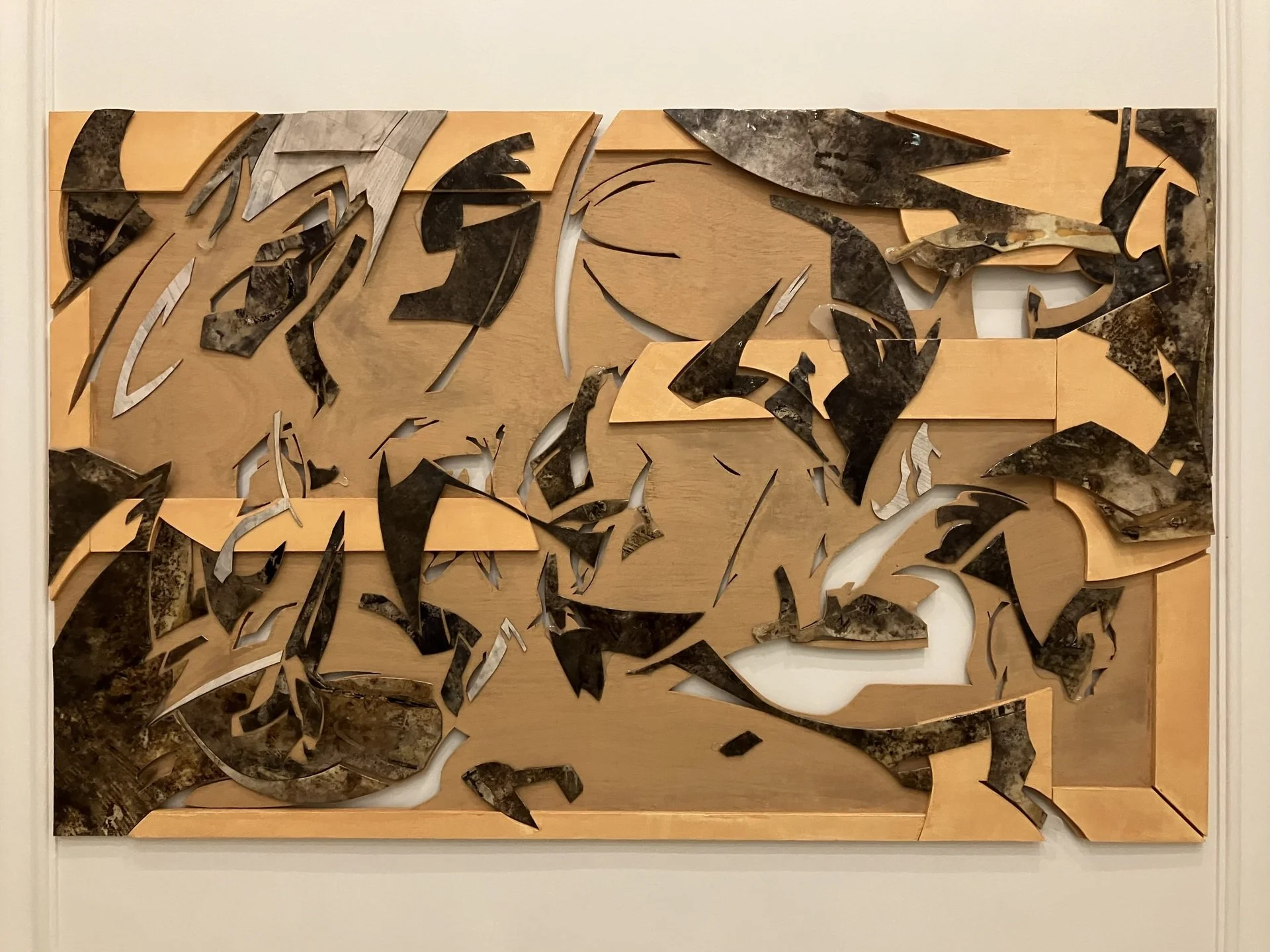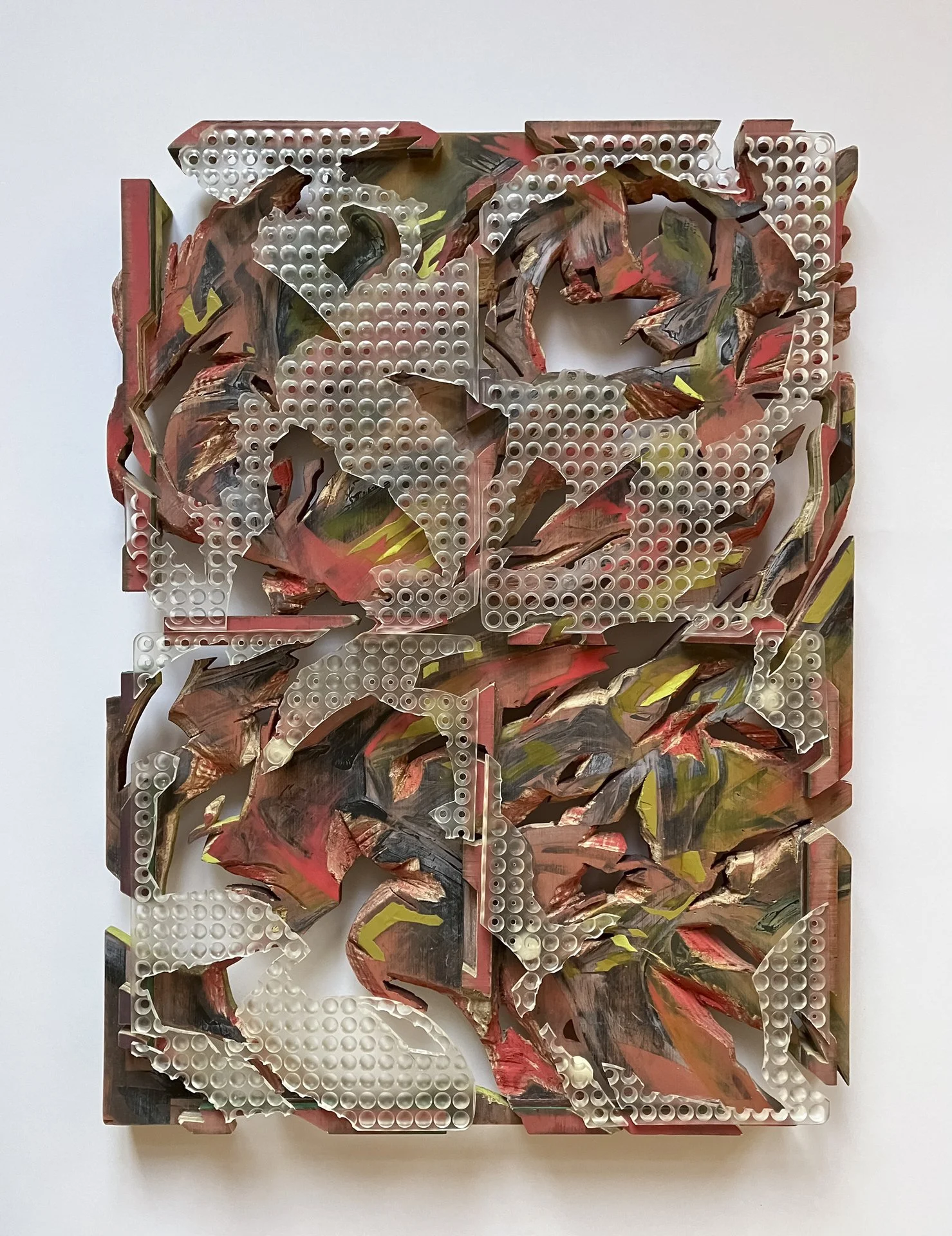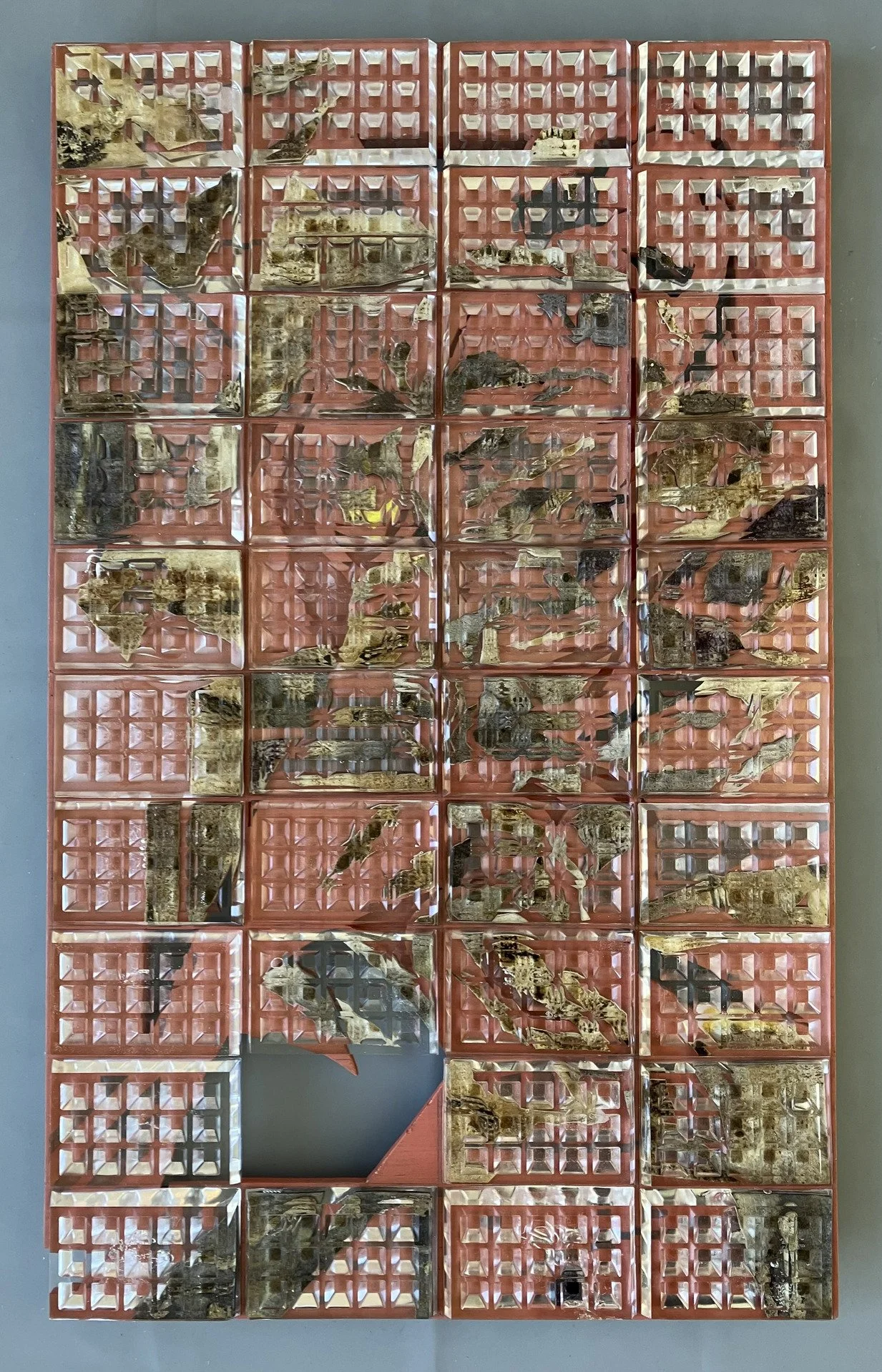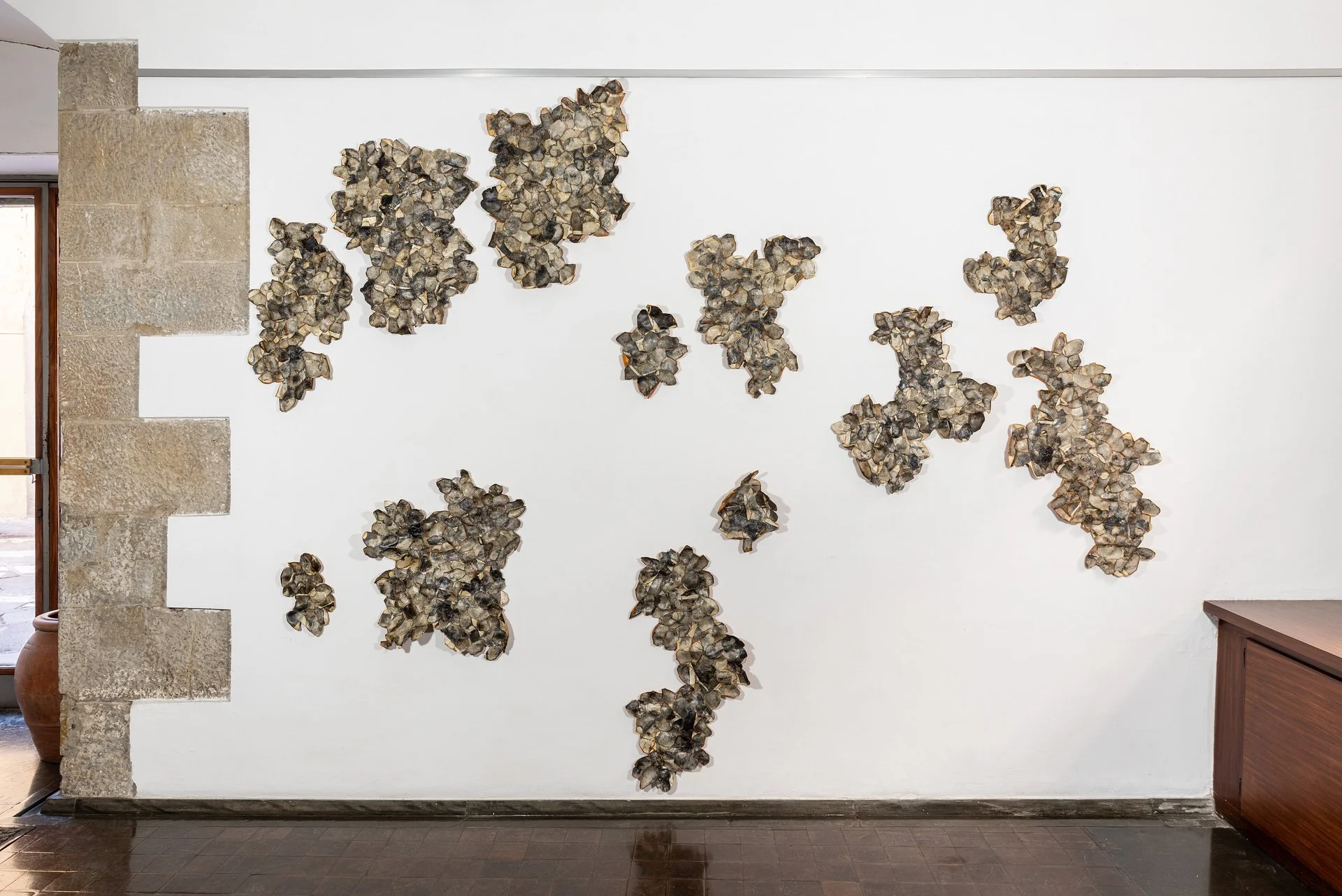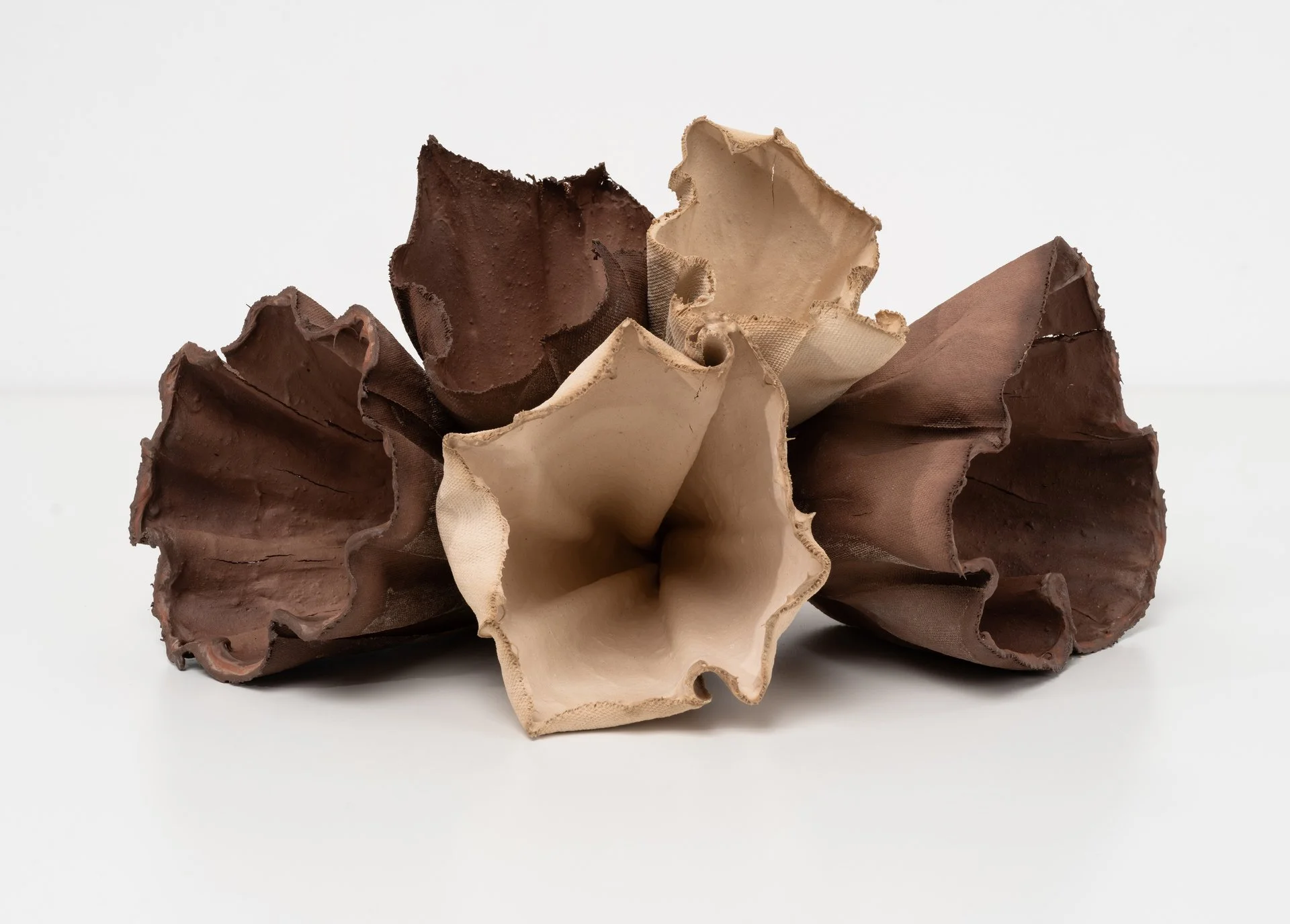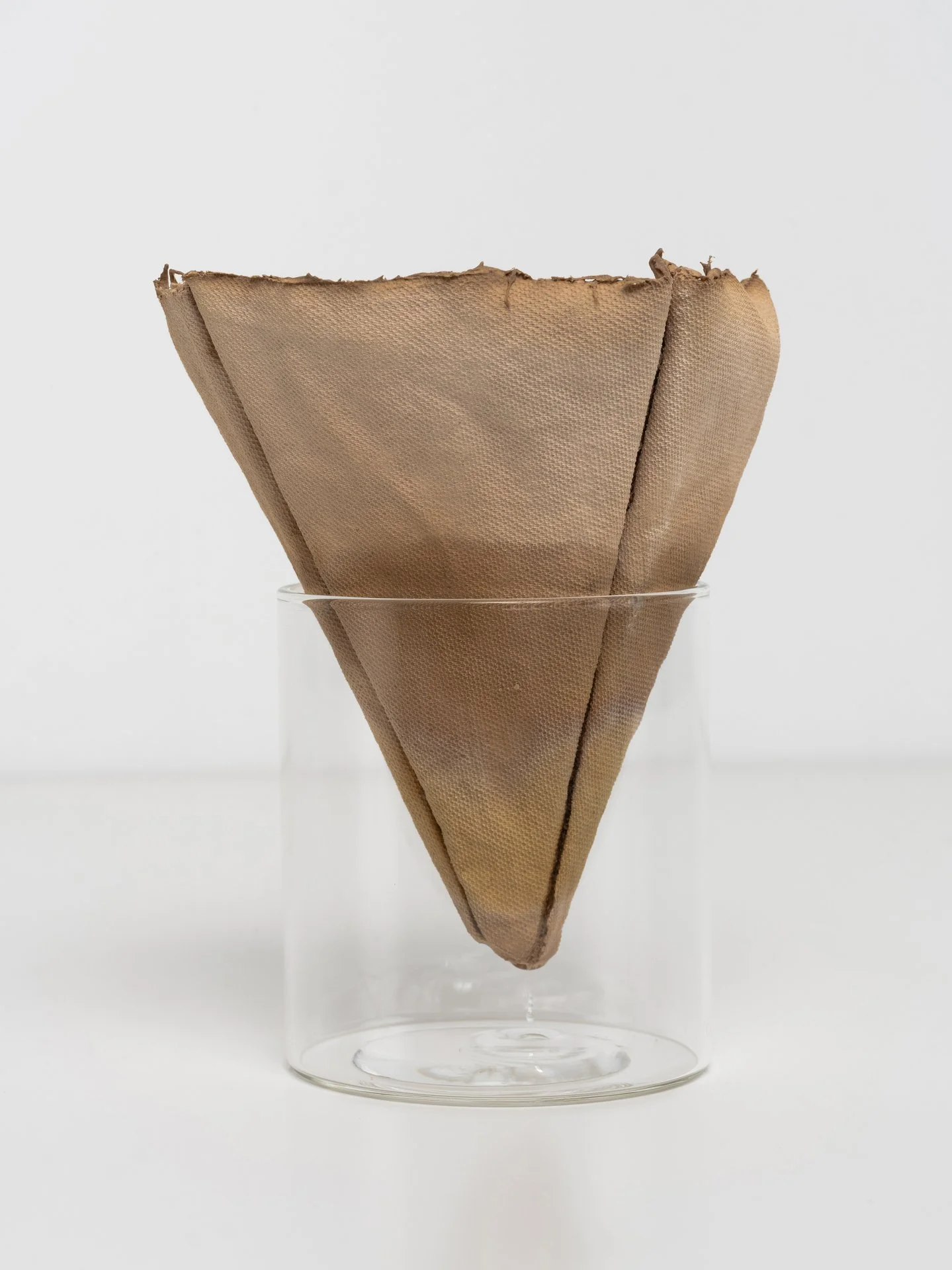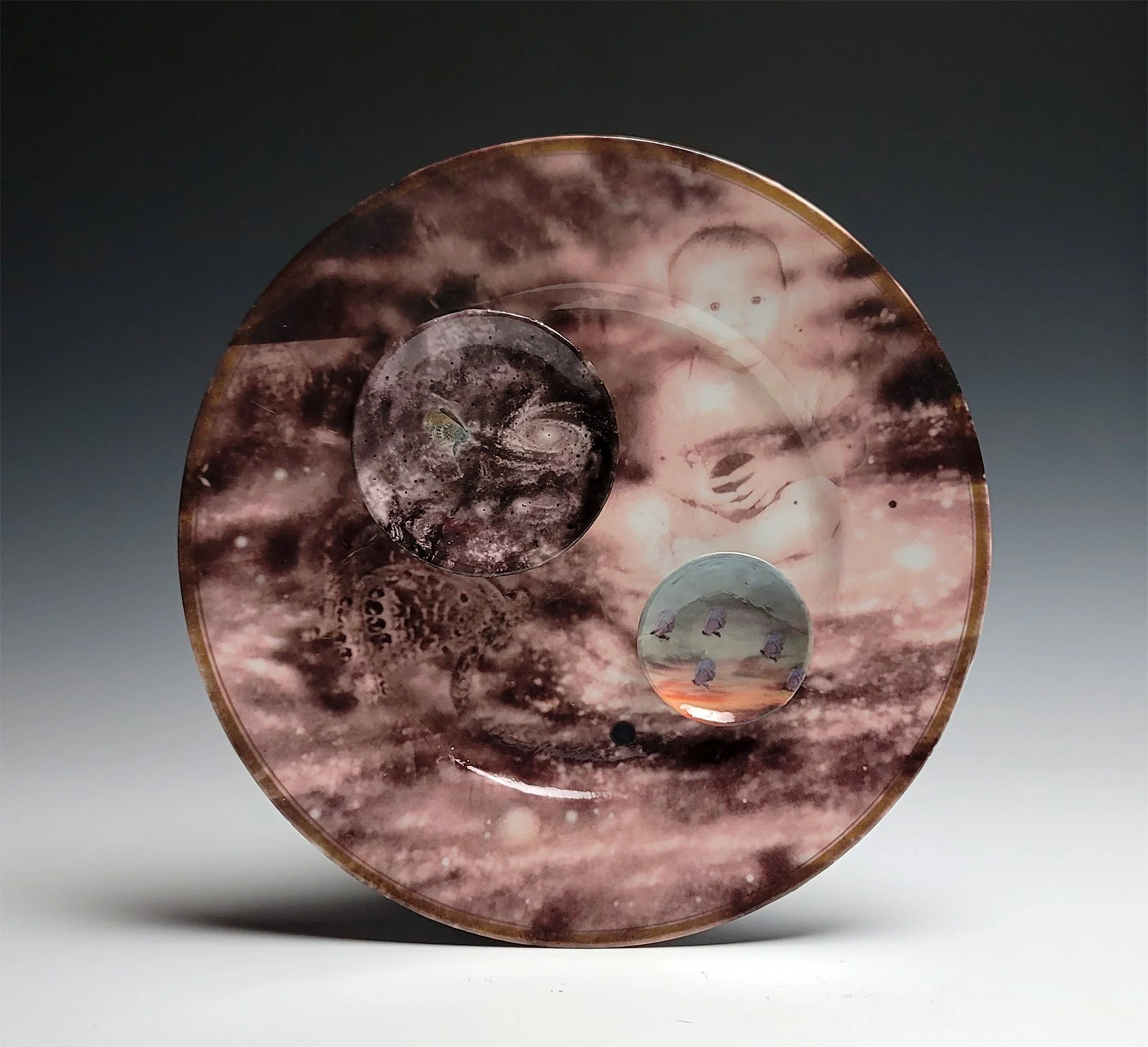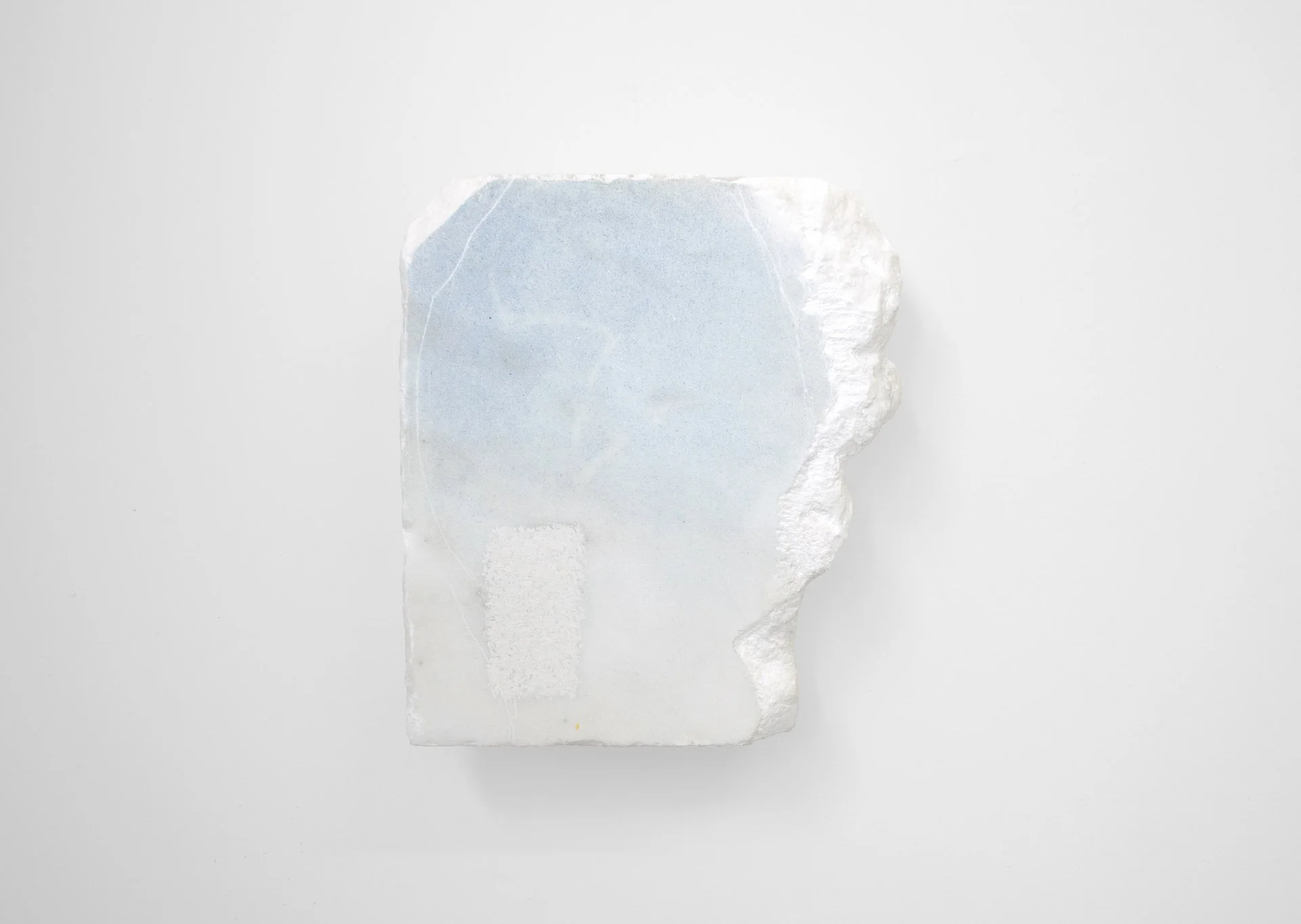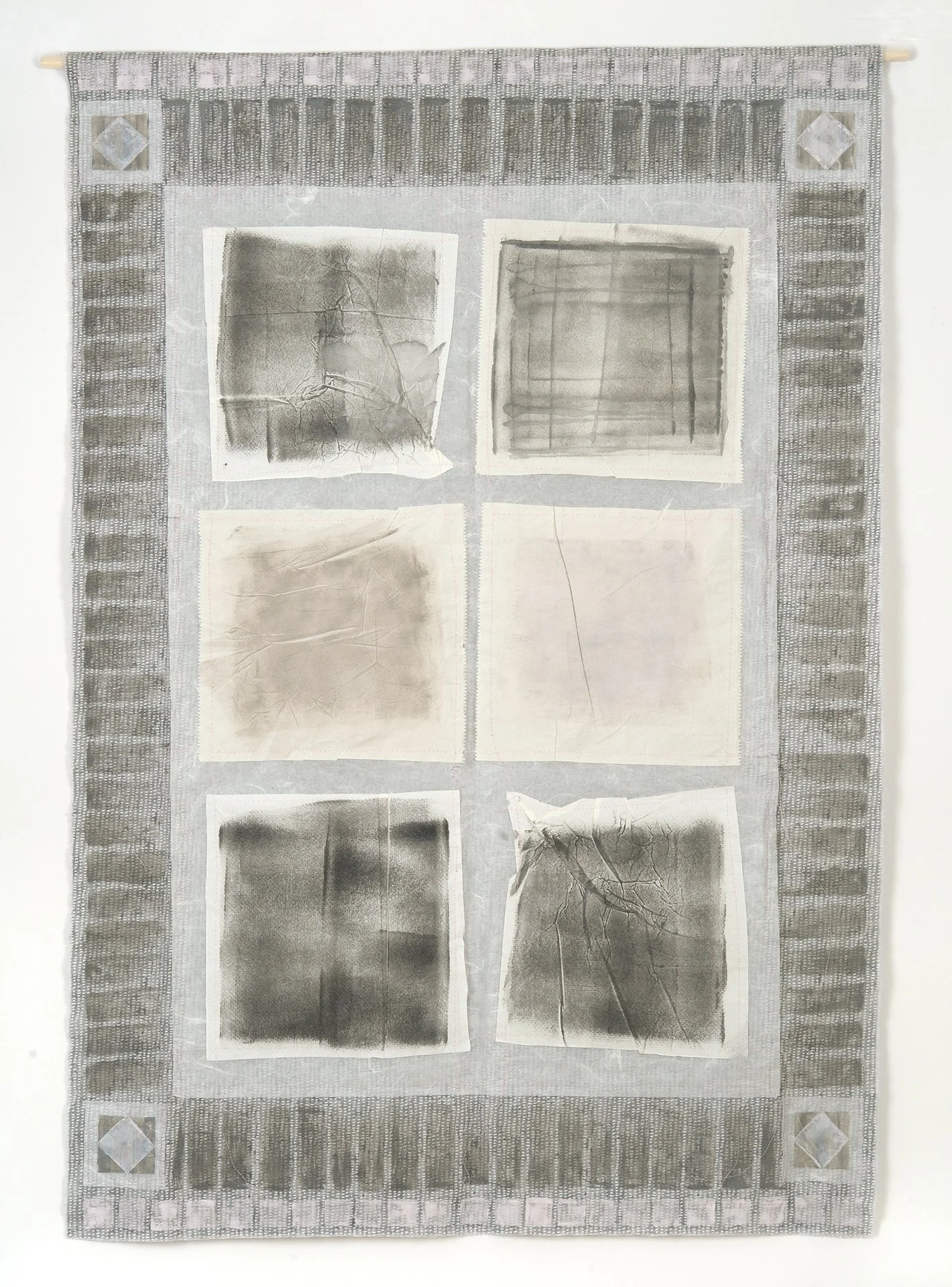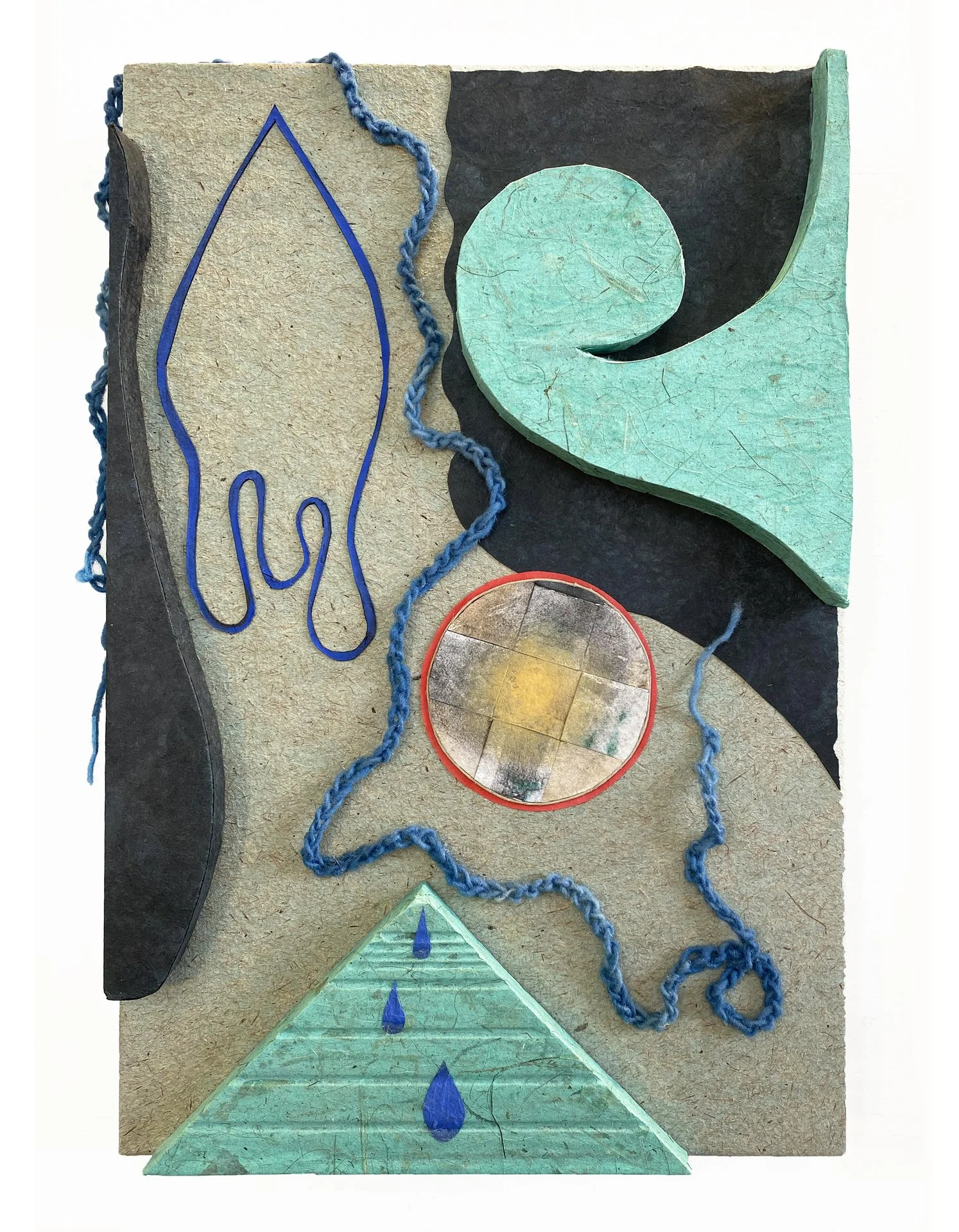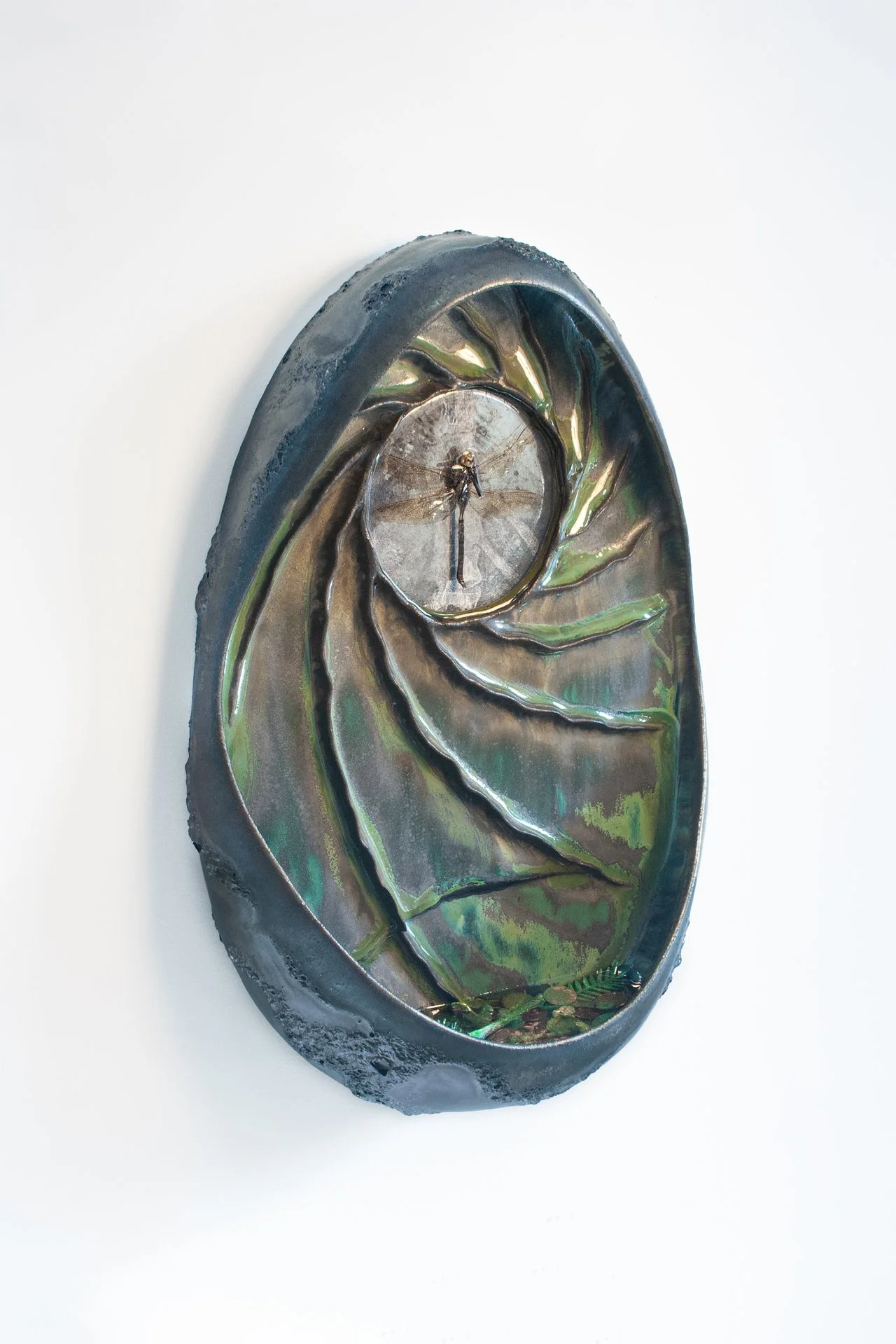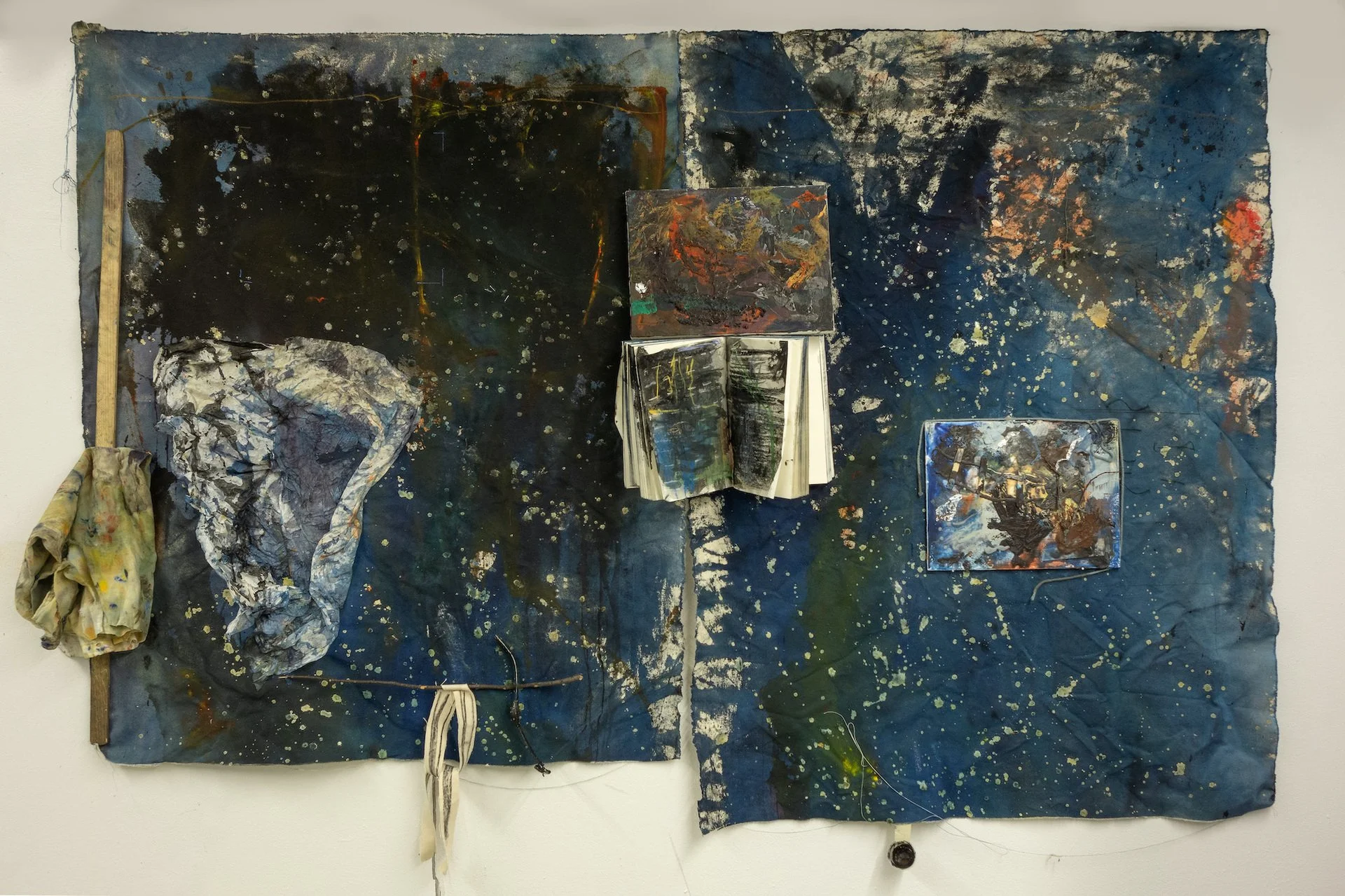Material Process
Juried by Francesca Altamura
About the Juror
Francesca Altamura is a curator and creative strategist, successful in driving innovative artistic experiences in architecture, as well as prestigious galleries, museums and spaces in New York and internationally. Altamura is senior art curator at Morris Adjmi Architects and was senior curator at Acrylicize and curatorial assistant at New Museum of Contemporary Art.
Curatorial Statement
Material Process, curated by Francesca Altamura, brings together thirty-nine artists whose materially driven practices explore the evolving relationship between substance, process, and meaning. Working across media—including canvas, clay, glass, paper, metal, fiber, cement, organic debris and found objects—these artists reveal that material is never inert. Materials have the ability to act as collaborators, archives, and witnesses.
Organized across three thematic virtual walls—Matter, Method, and Mechanism—the exhibition examines how material exploration itself becomes a mode of inquiry. Some artists return to elemental processes and historic techniques, honoring the foundational qualities of form, texture, and time. Others manipulate, deconstruct, and push materials to the edge of recognition—stretching, breaking, and rebuilding through gestures that are as playful as they are critical. While other artists explore the systems—emotional, ecological, industrial, and cultural—that shape how materials are used, understood, and remembered.
Together, these works form a textured meditation on the transformation of material through personal, social, and environmental lenses. In the hands of these artists, material and process are not merely starting points for creation; they are modes of thought and being, ways to confront and preserve what might otherwise be lost, and quietly invent alternatives in a world increasingly shaped by disposability.
Wall 1 – Matter
Montanna Binder / Geoffrey Litherland / Barry Beach / Kerry Stevens / Emily Conlon / Aydin Hamami / Susannah Weaver / Pauline Cordier / Aleksy Cisowski / Mary Connell / Emilia Milcheva / Jenna Manzano / Flora Anderson
Material is more than just medium—it is memory, essence and force. The artists on this wall engage with the foundational matter of form and texture, often through direct encounters with natural processes and environments. Montanna Binder surrenders control to water and light, capturing ephemeral imprints on photographic paper, while Geoffrey Litherland’s frescoes ground pigment and sand into slow, cosmic meditations on landscape. Barry Beach transforms reclaimed wood and synthetics into undulating topographies shaped by chance and geology, and Kerry Stevens channels the elemental force of landscape through poured wax and shellac. Emily Conlon layers etchings with beeswax to hold onto fleeting impressions of place and time, while Aydin Hamami’s stitched assemblages echo the fragile persistence of memory through discarded and found materials.
Others on this wall emphasize the raw dialogue between material and maker—between softness and structure, repetition and labor. Susannah Weaver’s felted concrete sculptures make visible the tension between wool and cement, creating surfaces that are both fleeting and solid. Pauline Cordier challenges spatial perception through sculptural interventions, while Aleksy Cisowski uses reverse-painted Plexiglas to reveal the process of making as a final unveiling. Mary Connell builds paintings from compost and plaster, accumulating lived time into textured surfaces that fluctuate with each layer. Emilia Milcheva embraces clay’s natural imperfection, allowing form to emerge intuitively. Jenna Manzano’s fiber sculptures highlight the meditative power of repetition and subtle texture, while Flora Anderson’s paintings explore emotional depth through dual-sided mark-making on raw canvas—honoring both material and her own cultural identity. Together, these works celebrate the essential nature of making: tactile, temporal, and deeply attuned to the quiet intelligence of materials.
Wall 2 – Method
Yunqian Lin / Rebekah Burgess / Lingyi Hu / Dani Hawkes / Deborah Meyers / Rosalyn Driscoll / Marion Grant / Brenda Stumpf / Tyler Burton / Oriana Confente / Merlin Lentz / Victoria DeBlassie
Through acts of risk, curiosity, and innovation, the artists on this wall reimagine material as something not fixed, but in flux—something to be broken, deconstructed, and reinvented. This is experimentation as a form of inquiry. Yunqian Lin collaborates with water, time, and entropy in her photographic works, allowing nature to deconstruct the image and reconstitute it as something entirely new. Rebekah Burgess floods historical image reproductions, nurturing organic growth on paper to emphasize the fragility of documentation itself. Lingyi Hu’s close-up images of transforming glass defy the expected behaviors of the material, presenting it as a shifting landscape and capturing its uncanny in-between states. Dani Hawkes allows her rusting paintings to continue evolving with environmental forces, giving up control in favor of unexpected material expression. In each of these practices, process is not a means to an end.
Other artists experiment by hybridizing traditional craft with unexpected materials or methods, inviting new sensorial, philosophical, and sculptural possibilities. Deborah Meyers fuses ancient goldsmithing with contemporary textures and gems, bridging centuries through tactile contradiction. Rosalyn Driscoll’s rawhide-based forms hang, float, transformed by time and gravity. Marion Grant layers Japanese paper, acrylic, and fabric in shifting palimpsests that invite balance from chaos, while Brenda Stumpf assembles relic-like sculptures from salvaged materials and steeped paper, evoking forgotten rituals and alchemical transformation. Tyler Burton explores the impact of modern life on the natural world, using multimedia installations to question our disconnection from nature. Oriana Confente reclaims analog processes like botanical film development to propose new, care-centered collaborations with more-than-human forces. Merlin Lentz merges animal, machine, and glitch into ambiguous painted forms that blur the boundaries of identity and material. Victoria DeBlassie invites us to reconsider sensory hierarchies by using the hand to recontextualize discarded domestic materials, turning the overlooked into quiet acts of resistance. Across all these works, experimentation is not just a strategy—it is a commitment to uncertainty and playfulness.
Wall 3 – Mechanism
Christine McDonald / Caroline Hatfield / Rebecca Murtaugh / Maria Sol Rodriguez / Shawn Marshall / Aylin Derya Stahl / Juan Granados / Zoe Schwartz / Jamey Hart / Nela Steric / Holly Stone / Julia Norton / Norah Stone / Charlotte Saylor
Mechanism is not solely a function of industry or automation—it is also human. It refers to the intricate systems—emotional, cognitive, cultural and industrial—that shape how we perceive, interact with, and assign meaning to material. The artists on this wall trace how materiality intersects with memory, labor, identity, and care. Their works reframe the idea of mechanism as a human social architecture: a structure for navigating complexity, mediating loss, and grounding personal and collective histories.
Christine McDonald’s inflatable car-skin sculptures critique planned obsolescence, equating industrial decay with bodily vulnerability. Caroline Hatfield fuses sci-fi and geology to explore extraction and environmental futures. Rebecca Murtaugh uses locally harvested clays to transform ceramics into ecological tools. Maria Sol Rodriguez repurposes lottery tickets into fragile handmade paper, exposing the false promises of hyper-consumption. Each artist engages with material systems not just as infrastructure, but as deeply human environments—psychological, economic, and affective.
Others explore how architecture, technology, and visual archives shape perception and memory. Shawn Marshall builds surreal architectural spaces layered with transformation and recollection. Aylin Derya Stahl documents the slow fading of images in urban spaces, turning visual entropy into cultural reflection. Juan Granados fuses clay with digital restoration to embed familial memory into mutable form. Zoe Schwartz merges glass, pearl, and metal into layered ecosystems that explore transformation and ancestry. Jamey Hart gathers humble materials to examine absence, presence, and the poetic space between. Nela Steric’s chemically altered imagery blends symbolism with everyday residue, evoking personal and collective mythologies.
Finally, a number of artists engage with discarded, overlooked, or ephemeral materials to surface the subtle mechanisms of regeneration, remembrance, and adaptation. Holly Stone experiments with pleated tissue and light, revealing how perception shifts with illumination. Julia Norton assembles paper, pigment, yarn, and bone into sculptural works rooted in care. Norah Stone embeds foraged ecological debris into ceramics that feel both maternal and geological. Charlotte Saylor turns painting rags and found objects into layered compositions where texture and memory cohere. These works transform residue into reflection—reminding us that every material bears the imprint of human touch, and that every act of making is also a way of understanding.












